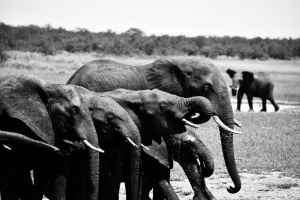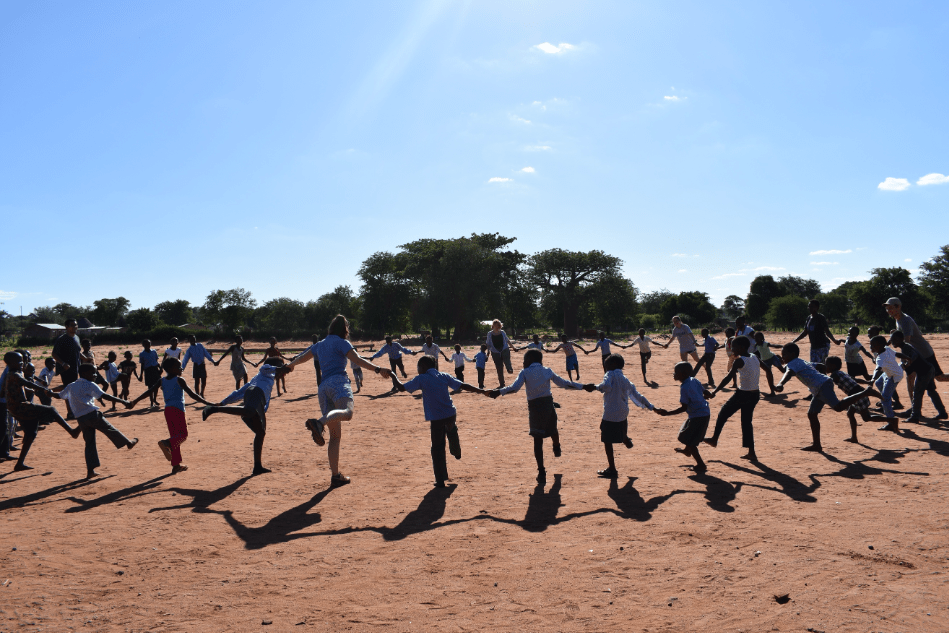Emma Szegvari
Hamilton College
African Ecology & Conservation in South Africa – Spring 2020

After nearly twenty-four hours of travel, I landed in the Johannesburg Airport. My excitement overcame my nerves while driving to the backpacker’s hotel to meet my twelve new classmates for the next three months. Recollecting on this moment, I could not have comprehended how these people, brought together from around the United States and South Africa would soon become so much more than my classmates. They are my collaborators, supporters, and incredible friends.
We began our journey together in the Pullen Farm Nature Reserve. Setting my alarm for 5 am became the new normal for early morning bird walks or hikes in the surrounding hills. Lectures and field work consumed our days in between delicious group meals, and the evenings were filled with many games and laughter.

After our week at Pullen, we drove to the Skukuza Science Leadership Initiative (SSLI) in Skukuza, Kruger National Park. This campus is our home and base location for the rest of the program. Though safely surrounded by a fence, we fall asleep and wake to the calls of hyenas and lions in the distance, shower in the presence of kudu and waterbuck, and consciously protect our bananas from the local vervet monkeys. Our lectures on savanna ecology, evolution, or statistical analyses supplement the knowledge we gain while working in the field. In groups of three to four we completed long-term research projects with topics ranging from microplastic pollution in river systems to differences in the species richness of birds between sites of varying levels of controlled herbivory. Protected by knowledgeable game guards, and advised by our incredibly talented and thoughtful professors, we have sampled, analyzed, and reported data of real applicability to the local ecosystem.

For another week of research, we drove north in Kruger National Park to the scientific base at Shingwedzi. Here we completed projects on the relationship between termite mounds and variations in soil types on vegetation patterns. The course changed pace for the past week, prior to me writing this blog post. We left the park and drove to the village of Venda in the north east corner of South Africa. In groups of three we said goodbyes to our friends and departed for four days in rural homestays. Equipped with my camera, two pairs of clothes, and a toothbrush I walked through the gate into our homestay family’s yard in the Sanari village. For the next four days we learned to cook traditional meals of pap with spinach or mopane worms, collect and carry wood (on our heads) from the bush, and spent many hours each day playing with over forty local kids. Each night we fell asleep on hand woven grass mats and woke to the rooster’s call and the chiming of goat bells. Even with a wonderful translator, language remained a barrier, but the human ability to connect over a smile or gesture became profound. Being surrounded by people filled with generosity, pride, joy, and an incredibly rich sense of community has touched me in ways I have yet to realize
Though flying by, my time in South Africa is far from over. I will continue to enjoy every moment, opportunity, and conversation that comes my way, forever carrying with me these cherished memories.


